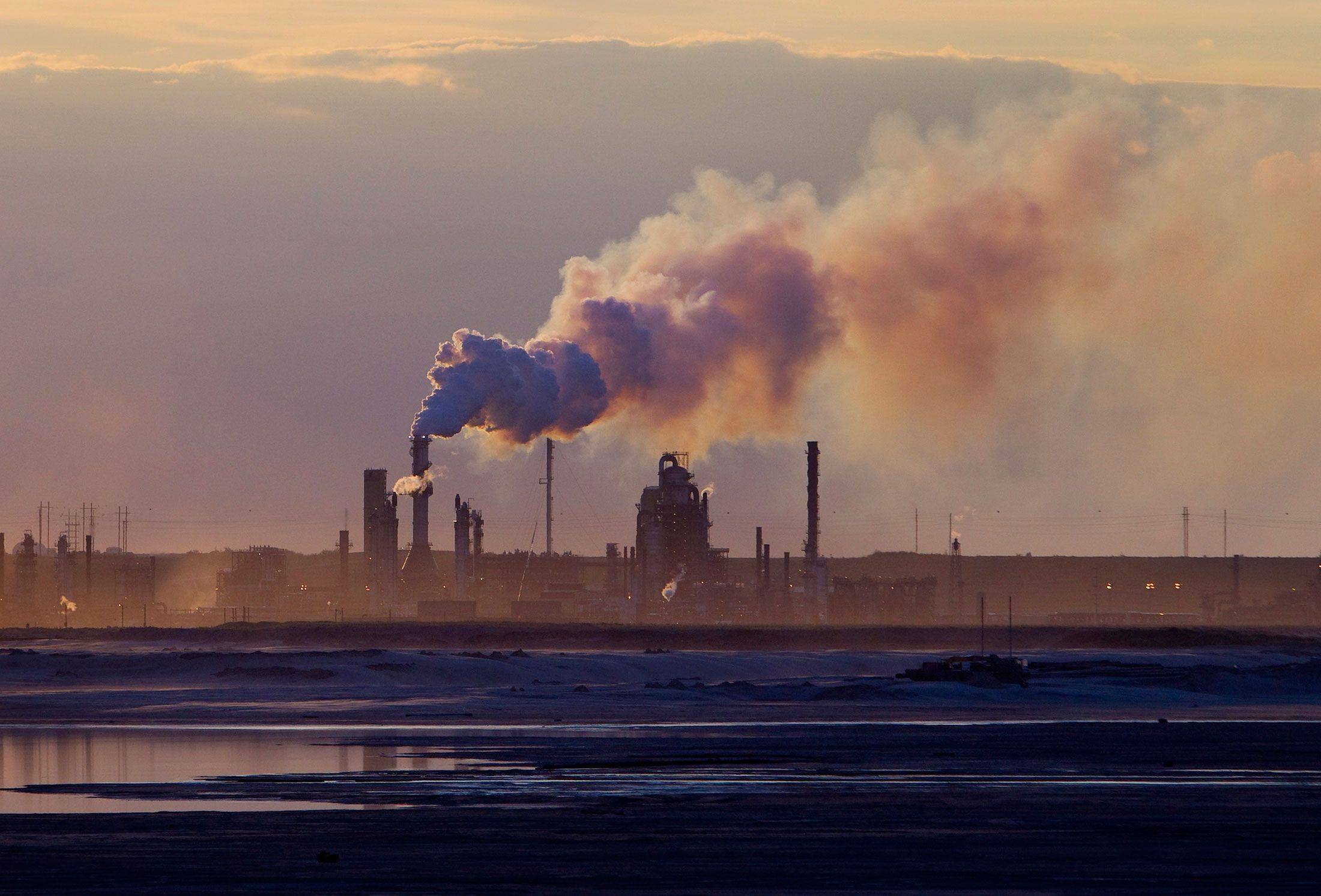The first operators of miniature nuclear reactors described their job as "tickling the tail of a sleeping dragon” because of the danger involved with unlocking the energy in atoms.
Those units built more than a half century ago in the U.S. and Europe generated bursts of heat within fractions of a second so that scientists could gauge nuclear reactions, sometimes with deadly consequences. Bearing names like Godiva, Viper and Super Kukla, the reactors never fed electricity grids. Instead, they produced research useful to nuclear weapons programs and eventually utilities. Modern reactors are gigantic by comparison, able to power more than 1.5 million homes each.
Today, the nuclear industry once again is thinking small, spurred on by politicians including U.S. President-elect Joe Biden and U.K. Prime Minister Boris Johnson. They’re looking to solve the next climate change challenge: how to feed pollution-free heat to industries that make steel, cement, glass and chemicals. Half of the world’s energy goes into making heat, and that produces two-fifths of the world’s carbon dioxide emissions, according to the International Energy Agency. Those industries sometimes need temperatures above 1,000 degrees Celsius (1,800 Fahrenheit) and more often than not burn fossil fuels to get there.



